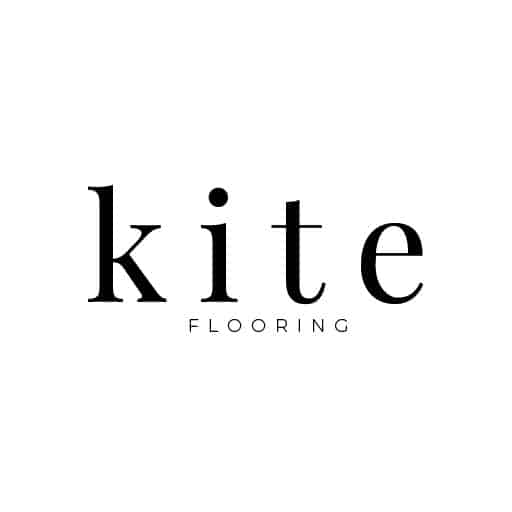“Natural Variation”. “Flooring is a Natural Product”. “Due to the natural variation of wood products, images should only be used as a guide” etc. etc.
You’ll find something like this in every flooring retailer’s terms and conditions. For somebody buying their first floor, they probably won’t think about this too much. Until the floor turns up. And it’s not like their small sample. And it doesn’t match their Pinterest board..…
Like every flooring business, this has happened to us. And it’s a pretty rubbish situation, as somebody has paid for a product, and they’re not happy. Unfortunately, as a flooring business, you cannot remove the variation clause from your terms, as there are some very good reasons why it exists.
To explain why this is the case, to help smooth your flooring journey and to set expectations, we’ve written the following blog.
Within floors, the colour can vary. Massively.
If you look at the image below, these two planks are from the same rustic floor. The same floor! If you choose your floor based on small samples, you could choose a dark sample, and think you’re buying a dark floor. You could also choose a light sample. But the reality is both colours are present. Scroll to the right and put the colours together and the whole floor blends in. We always tell people to always look for general colours rather than specific ones, and this is the reason. Images can also help. But look closely. You will almost always see variation – Esther Rustic (Newington Range).
Colour variation can be minimised by going with less rustic floors, stronger oils and stains, and specifying certain wood platforms. At the very high end of the market, you can also use control samples. But colour can still vary. And all of these variables increase the cost.
This is one of our mega floors, in a clean grade, stained and bleached, with very little variation – A Mega Floor.
Where does the wood come from and where is the wood platform produced?
Like every other product in life, those produced in large quantities cost less than bespoke orders. In every wood floor, there are broadly two main parts of production, the manufacturing of the wood platform, and then the finishing (the application of the oils or lacquers to protect it).
In the flooring industry, many of the mass-produced platforms are made in China or Eastern Europe. Even if it’s accredited timber, with organisations like the FSC, to run an efficient production line, the batches used of the raw materials have to be changed. There are other variables as well, such as how long the floor is stored before and after finishing etc. and none of these are controlled by the retailer and all these factors cause variation (if a retailer tells you they can completely control the production process across mass-produced floor, they are lying).
At Kite, our more premium platforms are manufactured in Europe. With these, there is more oversight and quality control. It’s even possible to use control samples, at the very high end. But the challenge is, that because of these extra processes, they cost more. And not everyone can pay that premium.
What is the finishing strategy?
At Kite, we generally sell oiled floors (oiled vs. lacquered is a separate discussion). Our UV-oiled floors have an oil applied that dries under a UV light. It dries instantly and is a very quick and cheap process. This straightforward treatment is a great way of protecting the floors. It, however, doesn’t stain out variations in wood. We do sell more premium floors that are bleached, stained, oiled and here, colour variation can be reduced (you can learn more about these floors here – Bespoke Floors). But, if you buy a UV-oiled floor (and they are always the most cost effective), expect some colour variation.
Embrace the variation!
So what should your plan be? Well, our advice is to try and embrace the variation! This lack of control may be hard for clients who are micromanaging every aspect of their build project. But the truth is, unless you have deep pockets, you cannot control the exact colour of your floor, only the general colour. And all the time you spend comparing tiny samples and shades is pointless, because the final floor could be a different colour.
Also, remember, floors change colour, either through sunlight (UV light will always change the colour of wood floors), or through the lighting in your home. So, try not to be too precious about it. At Kite, we’ve had clients question the colour of our floors on delivery, but without exception, after they have been fitted, they grow to love them. And a few months after fitting, they can’t understand what the fuss is about!
What can you control?
Rather than focusing on a specific colour, focus on the quality of oils (do they use a premium brand of oil?), the quantity of oil applied and the number of coats, the knot filling strategy (bad filling can make floors super ugly), and are the floors good to fit (trust companies that fit floors more than businesses that simply buy containers, Kite is a CHAS accredited fitting business).
But what if you just can’t let it go….
OK. So this is not specific to Kite. Every flooring retailer has these challenges (hence why the variation clause is in every T&Cs). But there are some folks out there who just can’t get their head around not controlling the exact colour of their floor. And whilst we try to explain it will be ok after the floor is fitted, they still struggle. That’s ok. For most people, our advice is to buy a more premium European made platform, with deeper finishes, but these floors can still vary from sample to the final floor. If you want to have complete control over colour, the only thing to do is to fit an unfinished product, and then professionally apply the oils on site. But guess what? This is a lot more expensive, as you end up paying double labour (to fit and then to finish). You’re also limited on the type of finishing you can do.
Or buy a tile.
So, there you have it. The truth about samples. Embrace the variations and don’t obsess about small samples. Worry about the things you can control (like oils and filling strategy). Or buy a more expensive floor. Almost all our clients love our floors, regardless of variation. And we are sure that you will too.






